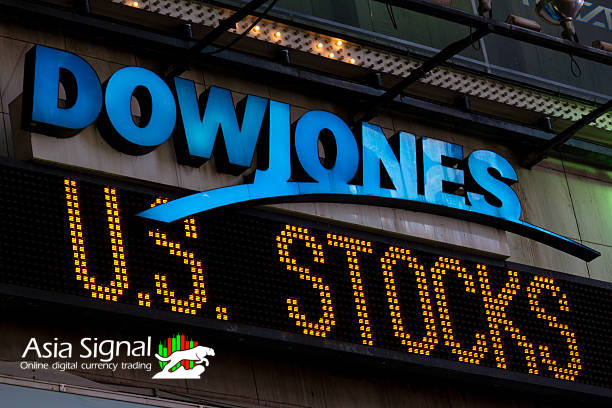Understanding the Dow Jones Industrial Average: A Snapshot of Market Health
In the world of finance, the Dow Jones Industrial Average (DJIA) stands as an iconic symbol of market performance and economic health. Often simply referred to as "the Dow," this index provides valuable insights into the overall direction of the U.S. stock market. Since its inception in 1896, the Dow has become a cornerstone of financial analysis, guiding investors, analysts, and policymakers alike. This article delves into the history, composition, and significance of the Dow Jones Industrial Average.

History and Evolution
Created by Charles Dow, one of the founders of Dow Jones & Company, the DJIA was first introduced on May 26, 1896. At its inception, it consisted of 12 blue-chip industrial companies, which primarily belonged to the sectors of railroads, cotton, gas, and tobacco. The index was designed to serve as a simple benchmark for tracking the performance of these key companies.
Over time, the Dow has undergone several changes to adapt to the evolving market landscape. The most significant change occurred in 1928 when the index expanded to include 30 companies, a number that has remained unchanged since then. The inclusion of more diverse industries and the rise of technology companies over the years have reflected the shifting dynamics of the U.S. economy.
Composition and Calculation
The DJIA's composition is unique compared to other stock market indices. Unlike indices such as the S&P 500, which uses a market capitalization-weighted approach, the Dow is a price-weighted index. This means that the influence of each component company is determined by its stock price, rather than its market value. The higher the stock price, the greater the impact on the index's movement.
However, this methodology has its limitations. It can disproportionately represent companies with high stock prices, regardless of their market capitalization. Additionally, stock splits and changes in individual company stock prices can significantly affect the index's value.
Significance and Interpretation
The Dow's significance goes beyond being a mere collection of numbers. It serves as a barometer of market sentiment and provides a snapshot of the overall health of the U.S. economy. A rising Dow is often interpreted as a positive sign, indicating optimism and growth in the stock market and, by extension, the broader economy.
Conversely, a falling Dow can raise concerns about economic instability and uncertainty. However, it's important to note that the Dow represents only a fraction of the entire stock market, and other indices like the S&P 500 and the Nasdaq Composite also play critical roles in assessing market health.
Limitations and Criticisms
While the Dow Jones Industrial Average is a widely recognized index, it has faced criticism for its methodology and limited scope. As a price-weighted index, it can sometimes misrepresent market trends, particularly when low-priced stocks experience significant movements. Additionally, its exclusive focus on 30 large-cap companies doesn't capture the full breadth of the market.
Conclusion
The Dow Jones Industrial Average stands as a historic and influential metric in the world of finance. Despite its limitations, it provides a valuable perspective on market trends and economic conditions. While investors and analysts should consider a range of indices and data sources, the Dow's longevity and status as a market barometer ensure that it will continue to play a central role in discussions about financial performance and economic health for years to come.
We have provided you with the best foreign digital currencysignals , forex and futures signals in AsiaSignal.

















Comments